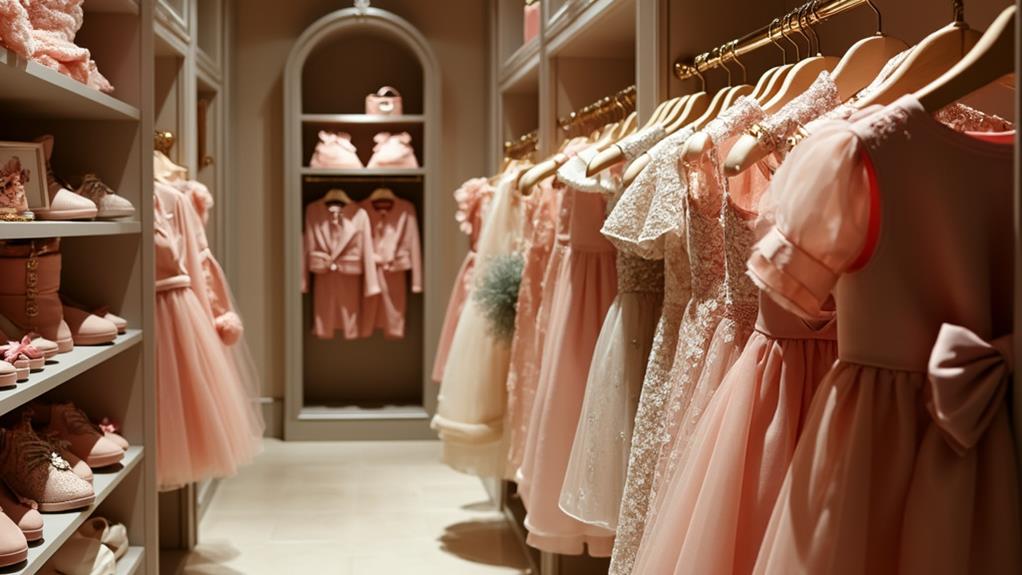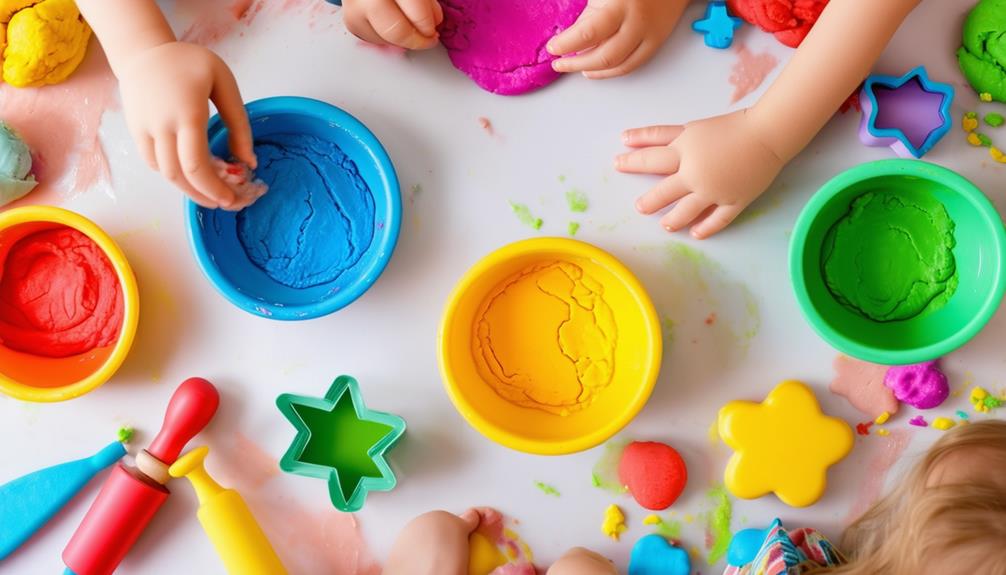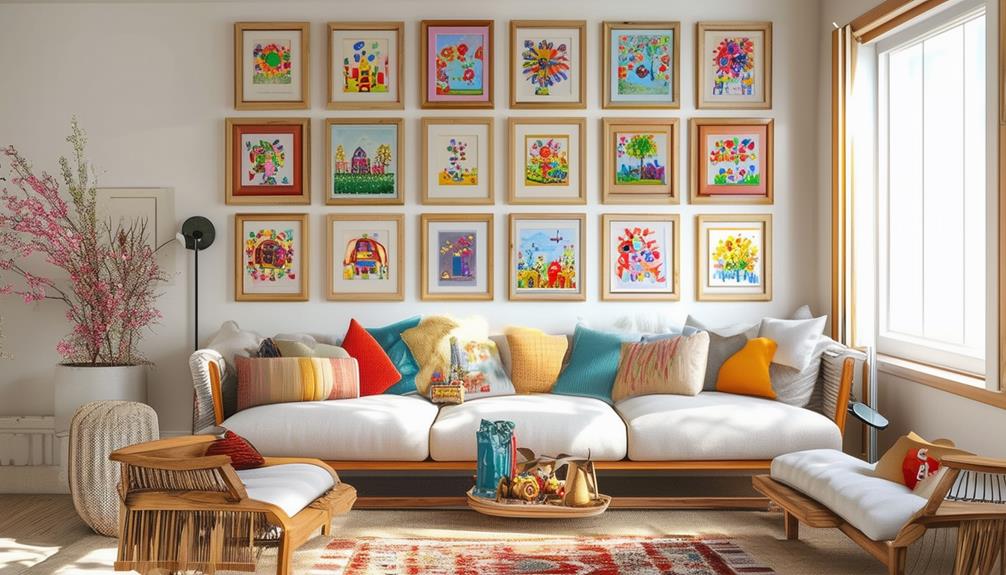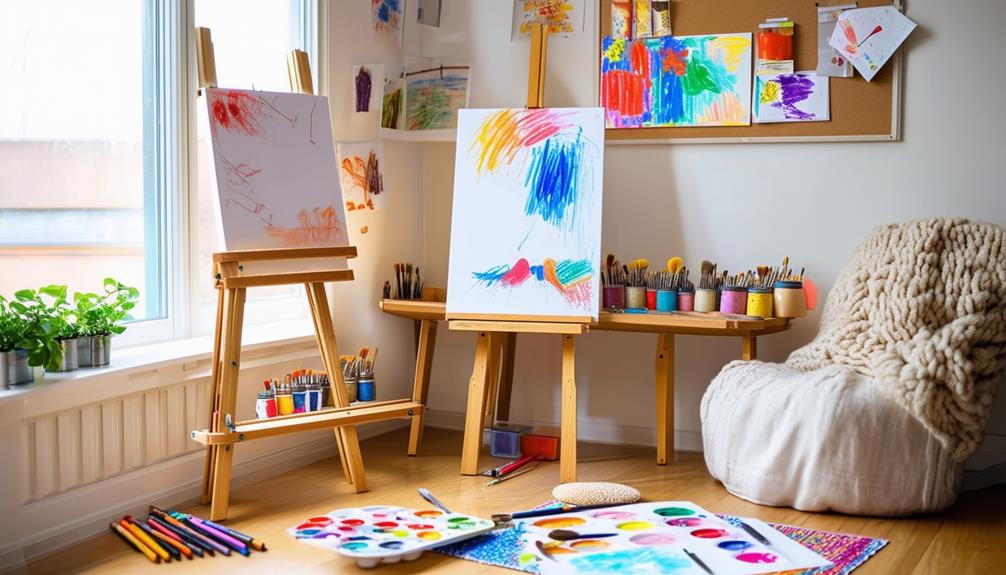Luxury Kidswear: Is It Worth the Price for Your Little Ones?

When considering luxury kidswear, the allure of designer brands and the latest trends can be tempting. However, the practicality and costs associated with these high-end items often spark debate. Are you getting your money's worth, especially when children outgrow clothes so quickly? While some parents see value in the emotional and social benefits of dressing their children in such attire, others question if it's a wise investment. This raises crucial questions about balancing quality with everyday needs and the broader implications of fostering materialism in young minds. What factors should you weigh in making this decision?
Designer Brands and Trends

In recent years, major luxury brands such as Gucci, Fendi, and Dior have expanded their offerings to include dedicated children's lines, marking a significant shift in the luxury kidswear market. This move reflects the growing demand for high-quality materials and exclusive designs for children's clothing, driven by affluent families.
Designer brands now produce seasonal collections that cater to both adults and children, emphasizing the popular mommy-and-me trend. This trend, where parents and children wear matching outfits, has become especially popular. Designer childrenswear from brands like Dolce & Gabbana often sells out in both adult and children's sizes simultaneously.
Celebrity influence plays a crucial role in shaping these trends. High-profile children, such as North West and Blue Ivy Carter, are frequently seen in luxury children's outfits, setting the standard for stylish and upscale kids' clothing. Their appearances in designer brands influence parents' purchasing decisions, driving market demand.
As the luxury children's fashion market continues to grow, it is clear that designer brands are successfully tapping into this lucrative sector by offering stylish, high-quality materials and leveraging celebrity influence to set trends.
Practicality and Costs
While the allure of designer brands and trends captivates many, practicality and costs present significant considerations for parents. Luxury children's clothes often come with hefty price tags, like an $865 Gucci sweater or $390 Fendi sandals. Given that kids rapidly outgrow their clothes, these investments can seem impractical. You may find yourself questioning if the high cost is worth it, especially when durability and wearability are vital for active playtime.
Designer clothes might boast superior materials and craftsmanship, promising longevity, but children's active lifestyles can quickly wear out even the most well-made garments. Many parents opt for practicality, choosing affordable alternatives that fit their everyday needs and budget. The average spending on children's clothing can add up fast, making it important to weigh the long-term benefits of luxury items versus their immediate financial impact.
Moreover, shopping habits might shift towards prioritizing high-quality, timeless pieces that don't need frequent replacements. This approach could potentially lead to long-term savings. Ultimately, while luxury kidswear offers undeniable appeal, balancing the allure of designer labels with practical considerations ensures that your investment aligns with both your lifestyle and financial goals.
Socioeconomic Perspectives

Amidst growing economic challenges, the luxury children's fashion market, valued at approximately $5.89 billion, reveals a stark contrast in fashion choices across different socioeconomic groups. Affluent families often invest in high-end apparel, dressing their children in designer clothes, which underscores a significant socioeconomic divide. In contrast, less affluent families prioritize practicality, focusing on durable and affordable clothing.
Here's a quick comparison of fashion choices:
| Socioeconomic Group | Fashion Choices |
|---|---|
| Affluent Families | Luxury brand, designer clothes |
| Less Affluent Families | Practical, durable apparel |
Cultural shifts also influence these decisions. In many communities, societal pressure exists to conform to luxury children's fashion standards, even if it strains the budget. This can lead to materialism and privilege, where children from wealthy backgrounds grow accustomed to high-value items, potentially fostering entitlement.
| Factor | Impact |
|---|---|
| Cultural Shifts | Societal pressure, conformity |
| Exposure to Luxury | Entitlement, materialism |
Ultimately, the disparity in children's fashion choices highlights deeper economic and cultural issues, raising questions about the long-term implications of luxury brand exposure at a young age.
Parental Attitudes and Choices
Exploring socioeconomic perspectives naturally leads to examining how parents' attitudes shape their children's fashion choices. Many parents feel societal pressure to conform to high fashion standards, often opting for luxury clothing for special occasions rather than daily wear. This selective purchasing isn't just about aesthetics; it also involves emotional connections. Nostalgia and a desire for social validation often motivate parents to invest in high-end pieces.
When purchasing designer children's clothing, parents express a range of concerns. Approximately 40% worry about the appropriateness of such items in their children's wardrobes. They emphasize teaching kids the value of money and responsible spending. Some parents set strict financial guidelines, balancing their desire for quality with practical financial considerations to ensure that splurging on luxury items doesn't derail the family budget.
As children grow older, their influence on fashion choices can lead parents to incorporate more luxury items to reflect their child's emerging personal style. Balancing quality, emotional factors, and financial considerations is key to making the right choices for the family.
Safety and Materialism Concerns

Parents often worry about the safety implications of dressing their children in luxury designer items. Affluent communities can sometimes become hotspots for theft or bullying, making luxury kids' fashion a potential risk. When your child wears high-end clothing, they might inadvertently become targets for unwanted attention. It's vital to weigh these risks carefully.
Moreover, the prevalence of luxury kids' fashion can foster materialistic values. Studies indicate that early exposure to high-end brands influences children's perceptions of self-worth and social status. Here are three significant concerns:
- Safety: High-end clothing can make your child a target for theft or bullying.
- Materialism: Luxury items can instill materialistic values early on.
- Entitlement: Regular access to luxury goods may foster a sense of entitlement.
Additionally, the branding of children's fashion can pressure parents to conform to social norms, potentially passing down materialistic attitudes. Online shopping magnifies this effect, making luxury items more accessible and reinforcing these values. It's important to find a balance between fashion and values, advocating for less conspicuous clothing. Thoughtful choices in children's attire can help mitigate unwanted attention and the negative impact of materialism on your child's character.




